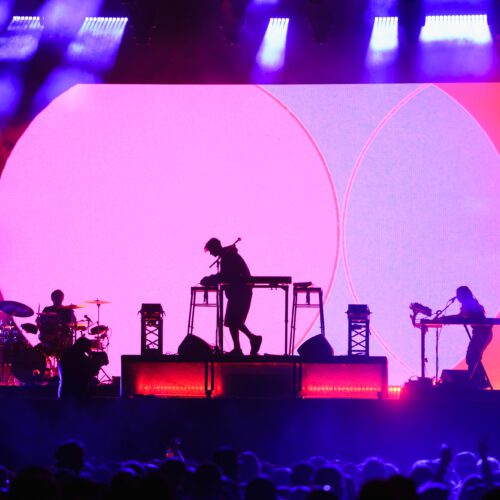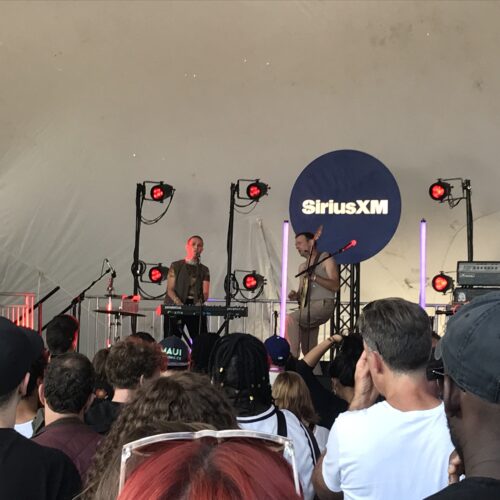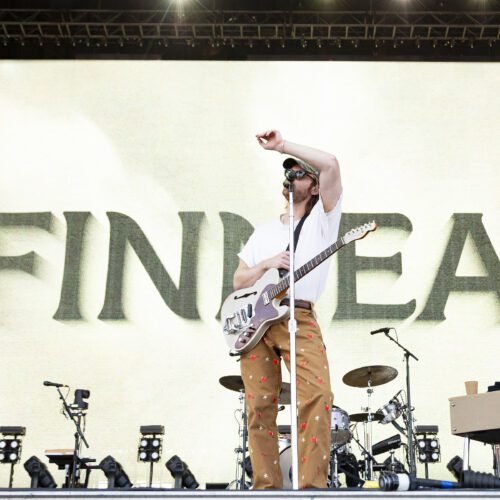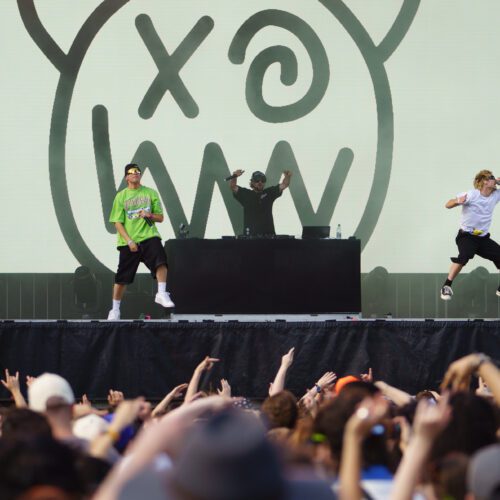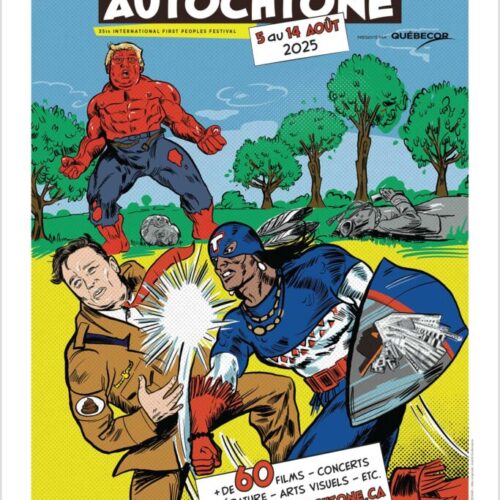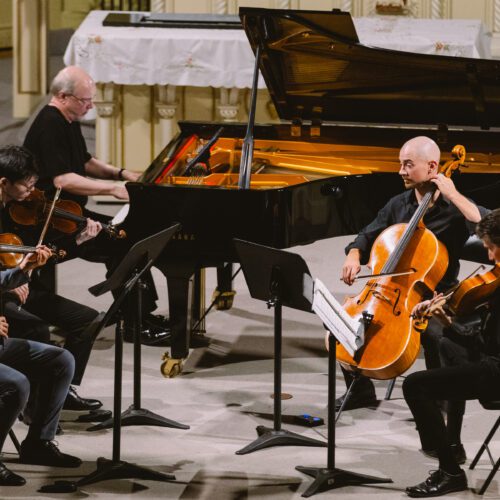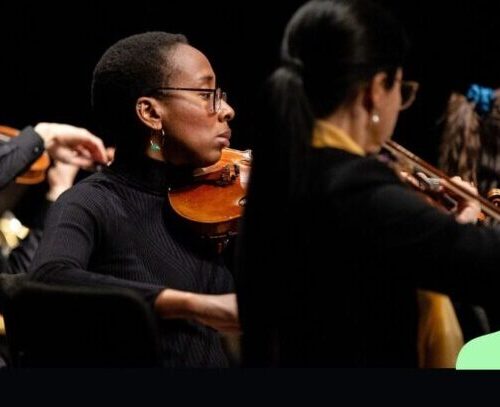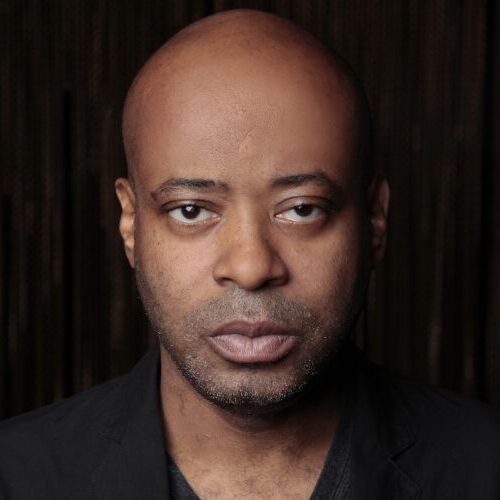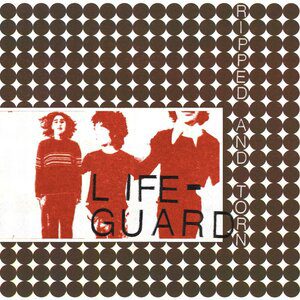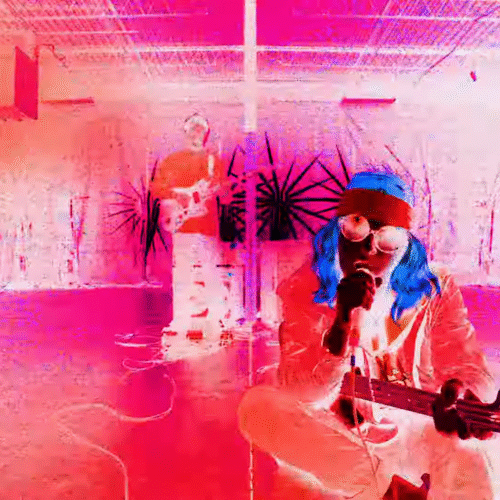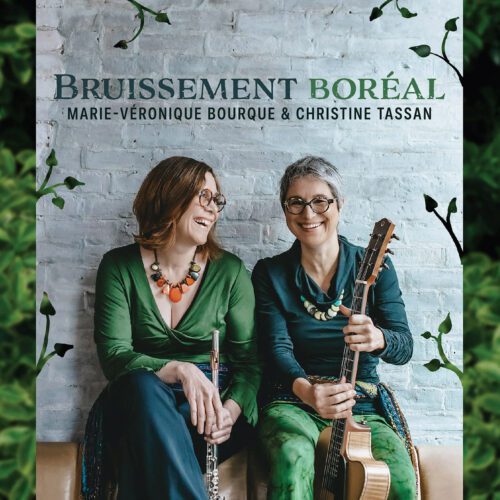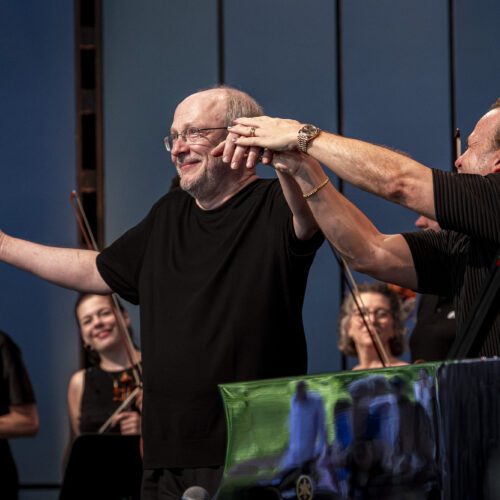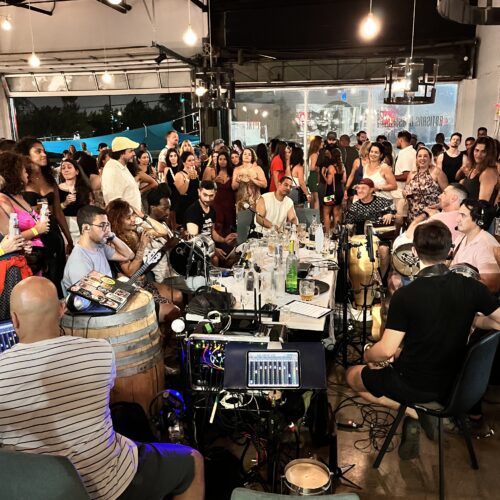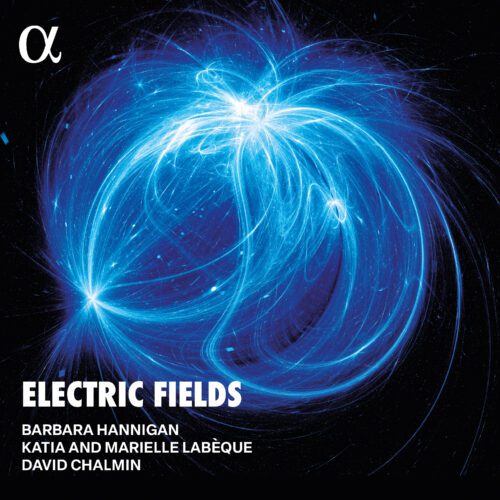2. A constantly evolving scene
The Arab population makes up 20.6% of visible minorities in Greater Montreal, ranking 2nd after the black population, which is close to 30% (1). Visible, they say? Perhaps not so much. The fact is that they are poorly represented in many areas of society, including the electronic music scene.
And yet, Swana electro artists are on a roll in every major metropolis in the world! Montreal, however, is no exception to the trend. The city is full of little treasures, but they are more often acclaimed abroad or outside the province than on the island. Their visibility in the media or on the big stages or at major events is still rather minimal here.
With this feature by our contributor Salima Bouaraour, PAN M 360 shines the spotlight on this thriving pool of artists involved in the development of Montreal’s cultural and nightlife scene, as well as promoting and defending the values of equality, justice, creativity, inclusivity and the celebration of Arab beauty.
In this festive spirit of coming together, a compilation will take you into their respective universes.
The Montreal electronic music scene has made, and is still making, great strides compared to other scenes around the world. So-called non-dominant individuals such as women and marginalized categories – queer-bipoc-trans – are enjoying greater accessibility and visibility on the scene.
However, to ensure that we continue to make progress towards a brighter future, there are still complex entanglements of systemic discrimination and issues linked, for example, to the representation of people of colour and/or queer women, as well as problems of access to decision-making positions, leadership and access to the media.
In fact, so-called “racialized” people or people from indigenous nations have had more opportunities, even if the situation is still glaring in the face of the many challenges linked to history. In addition, a huge amount of work has been done to remedy the difficulties faced by black artists in gaining access to the stage. The demographic weight of visible minorities is 28.3% (1) of Greater Montreal.
It is clear that accessibility to all spheres of public life, including the music scene, must be paramount. Taking all these factors into account, a debate needs to be brought to the table: the under-representation of Arab artists on the Montreal electronic music scene. Although this group represents one-fifth of visible minorities (Statistics Montreal 2016 (1 and 2)), it remains underground like a well-kept treasure. Collectives are trying to rectify the situation, but as best they can, often on their own initiative. The challenges are huge!
SOURCES (in French)
1. Minorités visibles. Population dans les ménages privés selon les groupes de minorités visibles, agglomération de Montréal, 2021. Visible minorities. Population in private households per visible minority group, Montréal agglomeration, 2021
2. Population d’origine ethnique arabe au Québec en 2016 Population of Arab ethnic origins in Québec in 2016.

